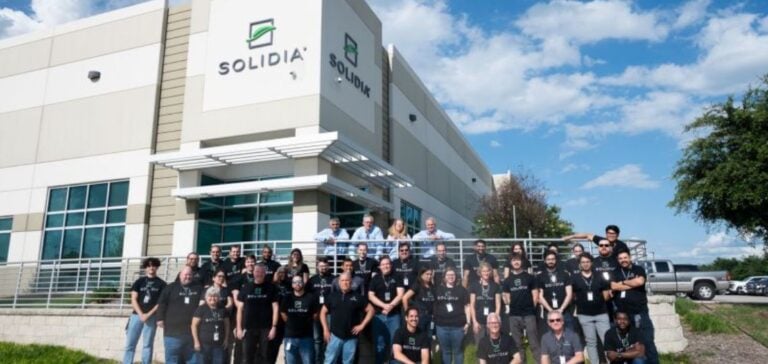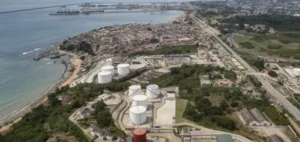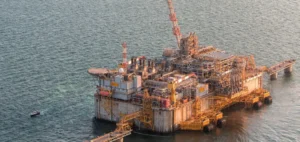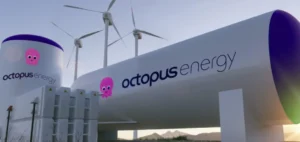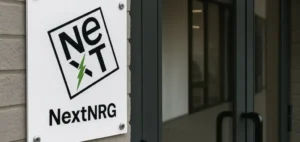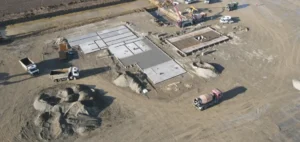Carbon emissions are one of the challenges facing the cement industry. It is currently the second largest emitter of CO2, responsible for around 8% of global emissions. Solidia Technologies decided to respond.
As a cement-based product, concrete plays an important role in the fight against carbon emissions. To this end, according to World Cement, CEO Tom Shuler presented his new concept at a TED meeting and at the launch of Future Stewards’ “Global Countdown” climate initiative.
Responding to industry’s carbon emissions by transforming concrete into a “carbon sink
“For every tonne of cement produced, around one tonne of CO2 is released into the atmosphere. To tackle global warming, innovation in cement production and carbon utilization are therefore absolutely essential.”
Carbon emissions reduced thanks to new technologies from Solidia Cement and Solidia Concrete
The company wants to modify the chemical composition of concrete to reduce carbon emissions and CO2 consumption during production, according to Tom Shuler for World Cement.
“Our cement reacts with CO2 instead of water. During hardening, the chemical reaction with our cement breaks down the CO2 molecules and captures the carbon to make limestone, which glues the concrete together. This means we consume more carbon dioxide than we emit, during production.”
What’s more, during the cement hardening period, CO2 particles are absorbed by the material.
“When you combine emissions reduction, during cement production, with CO2 consumption during curing, we reduce the carbon footprint of cement by up to 70%.”

A major ecological impact
According to the CEO of Solidia Technologies, these new technologies would transform concrete into a “carbon sink”, replacing the CO2 absorption role of trees. What’s more, this strategy would reach a very broad market, as concrete is one of the most widely used materials in the world.
“This means that in just a few hours, a kilometer of road could permanently consume the same amount of CO2 as is absorbed in a year by nearly 100,000 trees. Thanks to chemistry and CO2 waste, we have the opportunity to turn concrete into a carbon sink for the planet.”
Solidia Technologies has therefore chosen to transform a polluting material to reduce its impact on the climate, instead of developing new renewable energies. The company has received several awards for its ecological efforts, including the Global Cleantech 100 in 2020.


